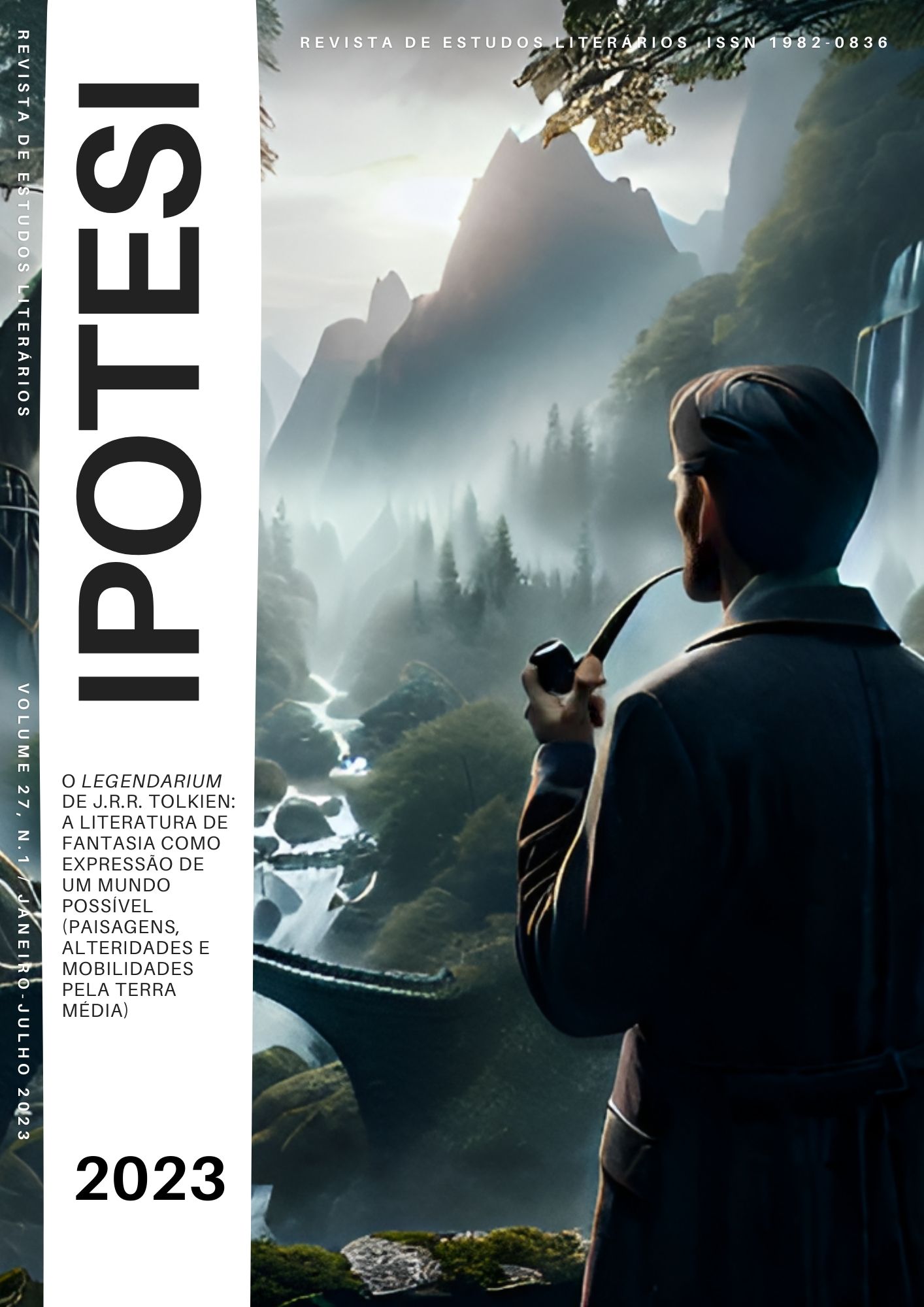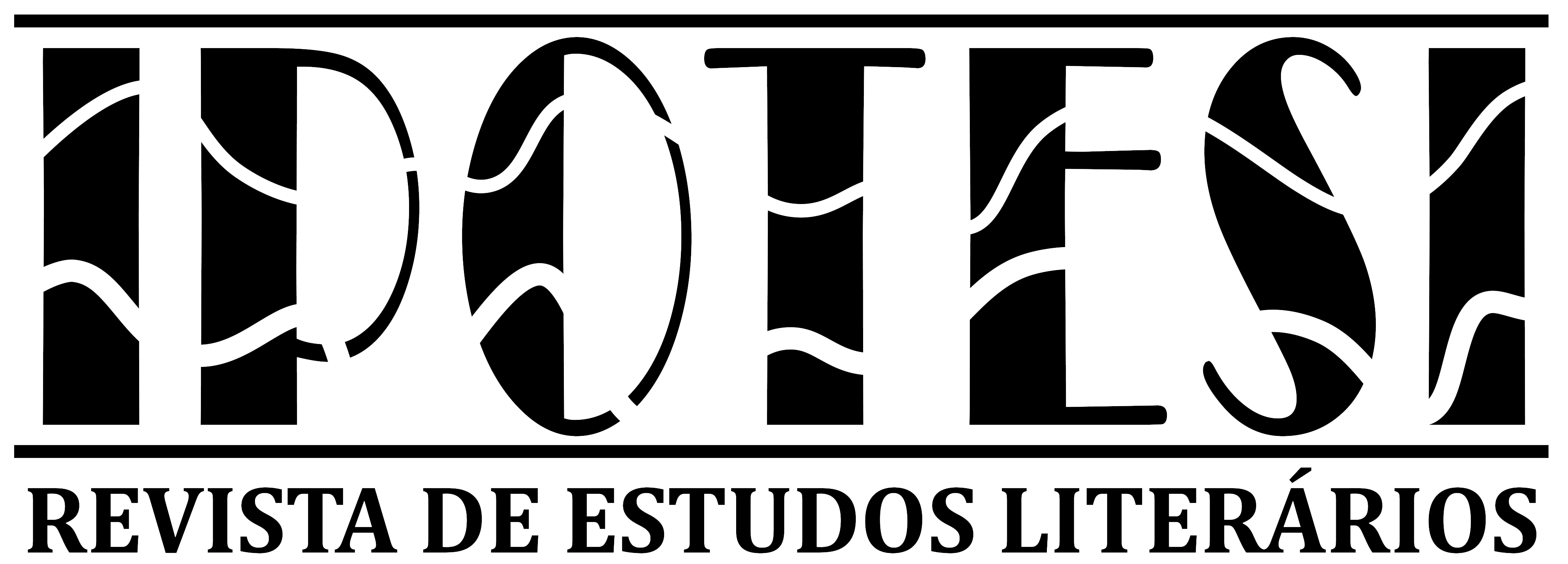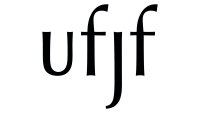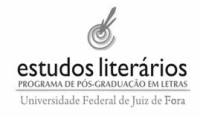DRUMMOND E OS AGOUROS DE MORTE:
UMA INTERPRETAÇÃO TRÁGICÔMICA DE “TARDE DE MAIO”
DOI:
https://doi.org/10.34019/1982-0836.2023.v27.40072Resumo
Neste estudo tentei identificar a origem intertextual das metáforas utilizadas por Carlos Drummond de Andrade quando escreveu o poema “Tarde de Maio”. Depois de investigar os debates publicísticos nos quais o poeta esteve envolvido no fim da década de 1940, descobri que as metáforas do poema foram extraídas dos editoriais da revista Orfeu, especificamente das edições do verão e do outono de 1949. Drummond reutilizou metáforas que, originalmente, foram elaboradas pelos editores de Orfeu no intuito de amaldiçoá-lo. Tal apropriação do discurso do “inimigo” tinha, decerto, uma intenção cômica, uma que vez era costumeiro que os jovens poetas da geração de 1945 acusassem o bardo mineiro de plagiá-los. As imagens da “chama devastadora” (que consome o poeta e sua semeadura), do “solo estéril”, da nobreza “sem fruto”, do “solo ardente” e da morte por incineração foram todas extraídas do editorial de Orfeu do verão de 1949. Ali os editores respondem às irônicas provocações de Drummond declinadas no artigo intitulado “Novíssimos”, publicado na revista Joaquim, em outubro de 1948. Além de examinar a origem dessas metáforas, observei como Drummond repudiava, com ironia, o gosto dos “novíssimos” pela realização de saraus literários e recitais de poesia performática em teatros e auditórios. Ao juízo do poeta gauche, aqueles eram rituais tribais e totêmicos que se degeneravam em rituais de vodu nos quais os “primitivos” rogavam à “tarde de maio” o “fim do inimigo”. Naquela época, Drummond era considerado o maior inimigo público dos líderes da Geração de 1945. Em razão de tal inimizade pública, era comum que os “novos” lançassem agouros de morte contra o poeta de Claro Enigma. Tais agouros foram usados por Drummond como inspiração para a elaboração de “Tarde de Maio”.










